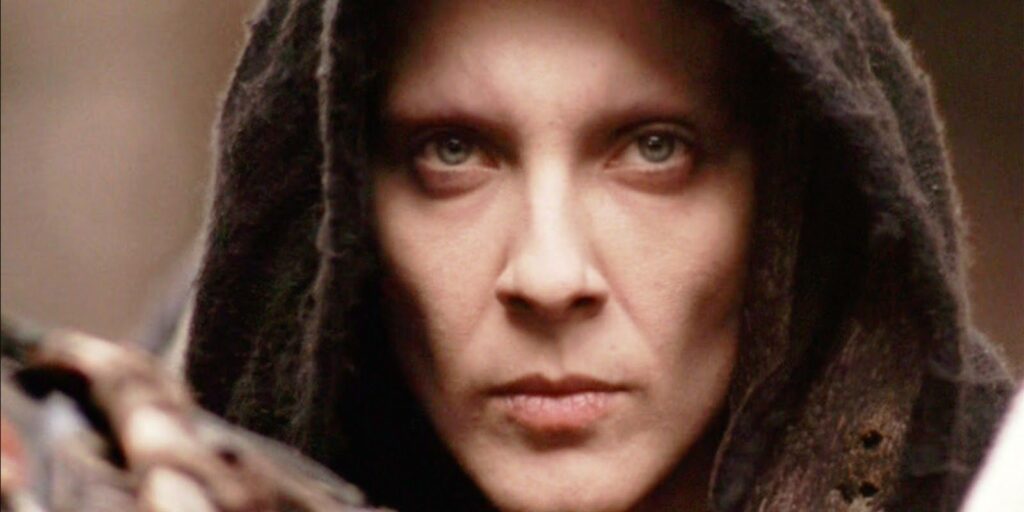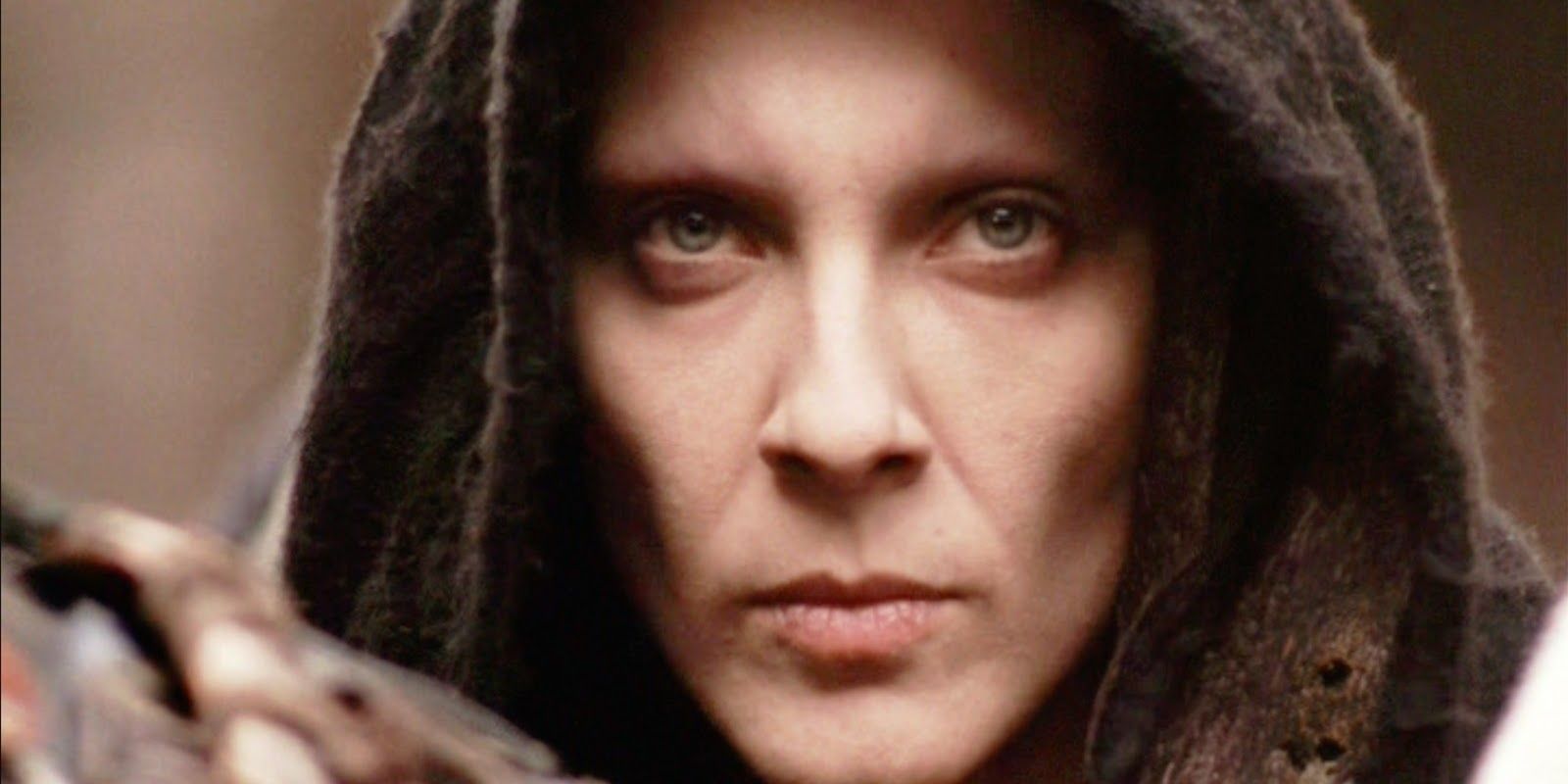
The Passion of the Christ: Exploring Depictions of Demons and Their Impact
Mel Gibson’s 2004 film, The Passion of the Christ, remains a controversial and impactful cinematic work. While primarily focused on the final hours of Jesus Christ’s life, the film’s depiction of demons has garnered significant attention and debate. This article delves into the portrayal of these demonic entities, analyzing their role within the narrative, the theological interpretations surrounding them, and the overall impact they had on viewers. The film’s graphic representation of suffering, coupled with its stark depiction of evil through demonic figures, makes it a compelling subject for analysis.
The Portrayal of Demons in The Passion of the Christ
The film doesn’t shy away from visually representing the forces of evil. Demons are depicted as grotesque, shadowy figures, often lurking in the background or subtly influencing the actions of the characters. Their presence is felt through unsettling imagery and disturbing sound design. The most prominent demonic figure is arguably Satan, portrayed androgynously and often seen whispering temptations and doubts into the ears of those around Jesus. This representation serves to emphasize the spiritual battle raging alongside the physical torment. The film uses these visual cues to highlight the depth of Christ’s sacrifice and the magnitude of the evil he was confronting. The depiction of demons in The Passion of the Christ is not merely ornamental; it is integral to the film’s theological message.
Visual Representation and Symbolism
The visual language used to portray the demons in The Passion of the Christ is crucial to understanding their role. The filmmakers employed unsettling makeup, lighting, and special effects to create figures that are both repulsive and subtly manipulative. The androgynous portrayal of Satan, for instance, can be interpreted as a symbol of the blurring of moral boundaries and the deceptive nature of evil. The shadowy figures lurking in the background represent the unseen forces at work, subtly influencing events and preying on the weaknesses of the characters. This visual approach adds a layer of psychological horror to the film, amplifying the emotional impact of the narrative.
The Role of Satan
Satan plays a pivotal role in The Passion of the Christ. He is not merely a background presence but an active participant in the events leading to Jesus’ crucifixion. He whispers doubts into the minds of Judas and Pilate, tempting them to betray or condemn Jesus. His presence underscores the idea that Jesus is not just facing physical suffering but also a spiritual battle against the ultimate force of evil. The film portrays Satan as a cunning and manipulative figure, constantly seeking to undermine Jesus’ mission. The depiction of Satan and his demons in The Passion of the Christ is a key element in conveying the film’s theological message about the battle between good and evil.
Theological Interpretations of the Demonic Portrayals
The depiction of demons in The Passion of the Christ has been subject to various theological interpretations. Some viewers and critics have praised the film for its biblically accurate portrayal of the forces of evil, while others have criticized it for its potentially sensationalized and exaggerated depiction. Understanding the theological context is crucial for interpreting the film’s portrayal of demons.
Biblical Accuracy and Artistic License
While the Bible mentions the presence of demons and the influence of Satan, it does not provide detailed descriptions of their physical appearance. The Passion of the Christ takes certain liberties in visually representing these entities. The filmmakers likely drew inspiration from various artistic and cultural depictions of demons throughout history. The question of biblical accuracy versus artistic license is a key point of contention among viewers and critics. Some argue that the film’s portrayal of demons in The Passion of the Christ is a faithful representation of biblical principles, while others believe it relies too heavily on sensationalism and exaggeration. [See also: Biblical Accuracy in Film Adaptations]
The Nature of Evil
The film’s portrayal of demons in The Passion of the Christ raises important questions about the nature of evil. Are demons literal entities, or are they symbolic representations of human sin and corruption? The film seems to suggest that demons are real and active forces in the world, constantly seeking to undermine good and lead people astray. This perspective aligns with certain theological interpretations that view evil as an external force that can influence human behavior. However, other interpretations emphasize the role of human free will and the internal struggle between good and evil. The film’s depiction of demons invites viewers to contemplate the complex and multifaceted nature of evil.
The Impact of the Demonic Depictions on Viewers
The graphic and unsettling portrayal of demons in The Passion of the Christ had a significant impact on viewers. For some, it enhanced the film’s emotional power and reinforced their belief in the reality of spiritual warfare. For others, it was disturbing and potentially harmful, leading to feelings of fear and anxiety. The film’s depiction of evil is undeniably intense and can be overwhelming for some viewers.
Emotional and Psychological Effects
The intense violence and graphic imagery in The Passion of the Christ, combined with the unsettling portrayal of demons, can have a profound emotional and psychological impact on viewers. Some viewers have reported experiencing feelings of fear, anxiety, and even nightmares after watching the film. The film’s depiction of suffering can be particularly disturbing, and the presence of demons in The Passion of the Christ amplifies the sense of dread and hopelessness. It is important for viewers to be aware of these potential effects and to approach the film with caution.
Criticism and Controversy
The depiction of demons in The Passion of the Christ was a major source of controversy. Some critics accused the film of being overly graphic and sensationalistic, arguing that the portrayal of evil was gratuitous and unnecessary. Others defended the film, arguing that the depiction of demons was essential for conveying the film’s theological message and highlighting the magnitude of Christ’s sacrifice. The controversy surrounding the film’s portrayal of demons in The Passion of the Christ reflects the broader debate about the role of violence and horror in religious art.
The Passion of the Christ: A Lasting Impression
The Passion of the Christ remains a significant film in cinematic history, not only for its depiction of Jesus’ suffering but also for its portrayal of the forces of evil. The demons in The Passion of the Christ serve as a powerful visual representation of the spiritual battle that underlies the physical events. While the film’s depiction has been met with both praise and criticism, its impact on viewers is undeniable. The film invites viewers to contemplate the nature of good and evil, the reality of spiritual warfare, and the significance of Christ’s sacrifice. The film’s lasting legacy is its ability to provoke thought and discussion about these profound theological themes. The portrayal of demons in The Passion of the Christ contributes significantly to this ongoing conversation, cementing its place as a controversial yet impactful work of art. The depiction of demons in The Passion of the Christ is a crucial aspect of the film’s overall narrative and theological message. Understanding the role and impact of these demonic figures is essential for fully appreciating the film’s significance.
The visual representation of demons in The Passion of the Christ is a significant aspect of the film. The portrayal of demons in The Passion of the Christ is a key element in understanding the film’s message. The impact of the demons in The Passion of the Christ on viewers is undeniable. The role of demons in The Passion of the Christ is crucial to the narrative. The depiction of demons in The Passion of the Christ continues to be discussed and debated.

